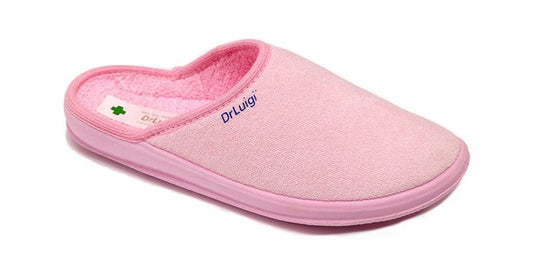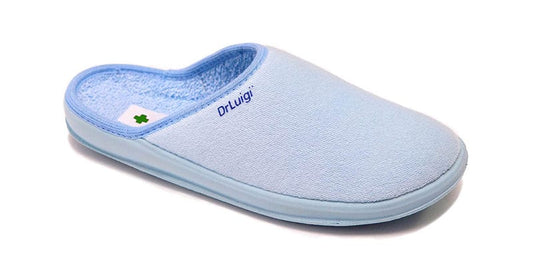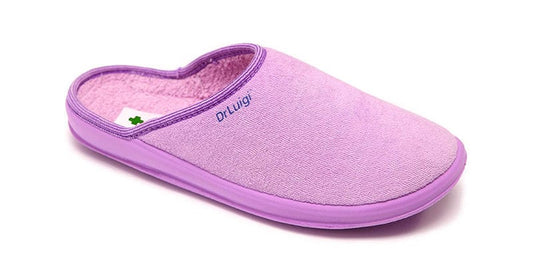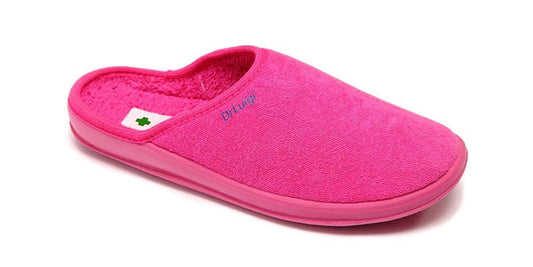A cyst that develops from the tissue lining tendons and joints is known as a ganglion or hygroma.
It typically develops on the wrist, although it can also happen on the ankle joint or the foot, for example. It is assumed that injuries or trauma to the joints and feet are the cause of ganglion formation because it frequently occurs in people who put a lot of pressure on these areas due to the nature of their jobs or athletic endeavors.
Although it is a benign growth that typically does not cause issues, it occasionally can bring on other symptoms or be an indication of early arthritis.
Cause
Although we understand the mechanism of ganglion development, the cause is still unknown. It is an excessive buildup of synovial fluid, which is normally required to lubricate joints and tendons. This reduces friction, which can harm joint structures, and makes it easier for joints to move.
It is hypothesized that excessive buildup of this fluid results from microfractures in the joint area or from repeatedly performing a particular action, as is required in various occupations (plumbers, mechanics…)

Symptoms
The cyst typically just causes a noticeable swelling on the joint, but it can occasionally produce additional symptoms as well. Depending on whether they are pressing on a nerve, ganglion cysts may or may not be painful.
Location: The top or back of the wrist is where these cysts frequently develop. They can also show up on the ankle or knee joints, the wrist palm, the base of the finger, or the tip of the finger joint.
Size: Can range anything between a pea and a golf ball in size.
Help
The ganglion does not need to be treated if it does not produce pain or any other uncomfortable symptoms. However, the patient might insist on treatment if the ganglion causes an aesthetic issue.
Sometimes the ganglion may go backwards on its own or will spontaneously burst and vanish.
Your doctor may advise cyst removal using one of the following methods if it is large, uncomfortable, or creating issues:
Aspiration entails taking fluid out of the cyst. The cyst can, however, recur because the tissue itself is left in place. Some people must repeat the same process multiple times.
Surgery: The cyst and its stalk can be removed by a surgeon through a small incision.
Another choice is arthroscopic or keyhole surgery.





